
Hey, what’s up, guys! Today I have with me potentially the phone of the year contender – the Vivo X300 Pro. I’ve been using this phone for a couple of weeks now, and I also have the regular Vivo X300, which looks like a great, tiny, compact phone that’s going to give like serious competition to the iPhone 17.
If you remember, the Vivo X200 Pro was considered the best phone of the year by many because of how ridiculously good its cameras were. And I think this year, with the X300 Pro, Vivo hasn’t made huge changes, but honestly, for the right reasons. There are small yet meaningful upgrades in just the right areas.
But the big question is – is this again the phone of the year? And will it finally make me switch from my Galaxy S25 Ultra to this as my daily driver? Let me tell you all about my experience in this Vivo X300 Pro review, so let’s get started!
But why not take a stroll around its specifications first?
Vivo X300 Pro Specifications
- Design, build: 161.98 x 75.48 x 7.99mm, 226g; IP68 rating; Freedom Blue, Simple White, Pure Black, Wilderness Brown
- Display: 6.78-inch BOE Q10+ OLED, 1.5K resolution (2800 x 1260 pixels), 120Hz refresh rate, circular polarization 2.0
- Chipset: MediaTek Dimensity 9500 (3nm)
- Memory: 12GB+256GB / 16GB+512GB / 16GB+1TB (Standard); 16GB+1TB (Beidou Satellite Edition)
- Software & UI: Android 16 with OriginOS 6
- Rear Camera: Triple (50MP primary, 50MP ultrawide, 200MP 3.7X telephoto)
- Security: Ultrasonic in-screen fingerprint scanner
- Connectivity: 5G, Bluetooth 5.4, NFC, USB 3.2 Gen 1, Wi-Fi with universal signal amplifier 3.0, digital signal amplifier chip, and 4 wall-penetrating chips
- Sensors: X-axis linear motor and standard suite
- Battery: 6,510 mAh with 90W wired charging and 40W wireless charging
- Price in Nepal (Expected): NPR 194,999 (16/512GB)
Vivo X300 Pro Review
The Titan Cameras
Okay, let’s get started with the best thing about this phone, and it has to be, once again, the telephoto…zoom…camera. Vivo has been the portrait king ever since the X100 Pro, and then the X200 Pro continued that legacy. Now, the X300 Pro takes it even further!

Portraits
They have upgraded from the already excellent Samsung HP9 sensor to the brand new HPB sensor, and this thing is just fantastic. This year, it’s a 200MP 3.5x telephoto lens, compared to last year’s 3.7x setup. And oh my god, the portraits from this phone are just stunning.
They are so good that they put even the newly launched iPhone 17 Pro Max to shame. As you can see from these samples, we get vibrant, detailed photos in almost all lighting, with pleasing blur, and the edge detection is ridiculously accurate, even around tricky areas like hair and ears.
What really impressed me, though, is the shutter speed. The photos I took during my photo walk, and even with moving subjects, came out super sharp, with that professional camera kind of vibe.
If you didn’t know, Vivo uses two dedicated imaging chips this time here – the VS1 for pre-processing and the V3+ for post-processing. And I guess that’s probably why the shutter speed feels so fast.
And while other brands like Google, Samsung, and Apple are still using 48MP or 50MP telephoto lenses, Vivo’s implementation of a 200MP lens also means I can shoot portraits not just at 3.5x, which is roughly 85mm, but there’s also an option for 135mm portraits, and those 135mm cropped portraits still look incredibly sharp and detailed. So for me, it’s super versatile!
Macros
And this 200MP camera also absolutely crushes macro photography, too. Most phones use the ultra-wide lens for macro shots, but Vivo uses this telephoto lens instead, which gives incredible depth of field and crazy sharp details. It has a 14cm minimum focusing distance, which can go up to 10 times digital crop, and check out the results, they are just insane.
I also like the Zooming ability of the Vivo X300 Pro. We get optical-quality clarity up to 10x, and even beyond that, up to 100x digital zoom, and the AI processing smooths out the image nicely. Sure, it’s not perfect, but if you are trying to read something from far away that your eyes can barely see, it definitely comes in handy.
And even during low light, it delivers pretty sharp, detailed, and usable shots up to 10x zoom; the photos maintain optical-level clarity with almost no visible noise.
Overall, for portraits, zoom, and macros, this setup is just my absolute favorite. This tele camera has been my default camera mode. Whenever I’m taking photos of my friends or doing product photography, I skip the main 1x lens, and I go straight to the 3.5X mode. It’s just that good.
Daylight
Now, talking about the main wide camera, I think the X200 Pro was already really good. It had a solid A-grade main camera. But with the X300 Pro, Vivo has taken things even further and upgraded to an A+ camera.
Looks like Vivo has refined the image processing and optimization this time around. Their collaboration with Zeiss feels more powerful and fine-tuned than ever.
This year, Vivo has used the Sony IMX 828 sensor, the same one we’ve seen on the Oppo Find X9 Pro as well. What I really like about Vivo’s photos, especially when shot in Zeiss Natural Color Mode, is how well-balanced they look.
Even compared with the 17 Pro Max, the highlight retention is even better here, mid-tone control is on point, and the contrast feels just right. The white balance is also very natural this time around. And with the larger aperture, there’s also a nice shallow depth of field, separating the subject from the background really nicely. That gives photos a natural sense of depth!
So, overall, photos taken in daylight look very balanced in Zeiss Natural mode. Of course, you can also switch to the default Vivid Mode, but personally, I’m not a big fan of that because it can sometimes look a bit too punchy for my taste. I mostly stick to Zeiss Natural Mode for that true-to-life look.
Lowlight
Even in low light, the X300 Pro also holds up extremely well. The glare control is fantastic. Even when shooting bright light sources at night, the reflections and halos are well managed, and the overall dynamic range looks clean and balanced.
Ultrawide
However, the one area where I think Vivo could have done better is the ultra-wide camera. They’ve reused the same Samsung JN1 ultra-wide sensor as before, and it’s not particularly wide — it’s around 15mm, so it’s definitely narrower than the iPhone’s 13mm ultra-wide lens.
I really wish Vivo had gone with the same ultra-wide sensor as the one on the X200 Ultra. That phone had the same ultra-wide sensor as the main wide lens. So, it would have been amazing if Vivo had included something like the Sony LYT 828 here for the ultra-wide, but I think they deliberately didn’t — most likely because they’re saving that for the upcoming X300 Ultra, which is rumored to finally launch globally this time.
So yeah, while the main and telephoto cameras are absolutely flagship-level, the ultra-wide is still a slight step below. It’s not as detailed, doesn’t have a wide field of view, but during the daytime, you get nice colors and dynamic range as the main camera. It’s just that the ultrawide lens on vivo x200 ultra was just so good.
Selfie Camera
Another big upgrade on the Vivo X300 Pro is the selfie camera. It’s now a 50MP sensor, up from 32MP, and for the first time, it also comes with autofocus. I compared it directly with the iPhone 17 Pro Max, which also has a fantastic front camera. And as you can see, Vivo tends to produce slightly brighter and punchier selfies, while the iPhone offers a slightly wider frame.
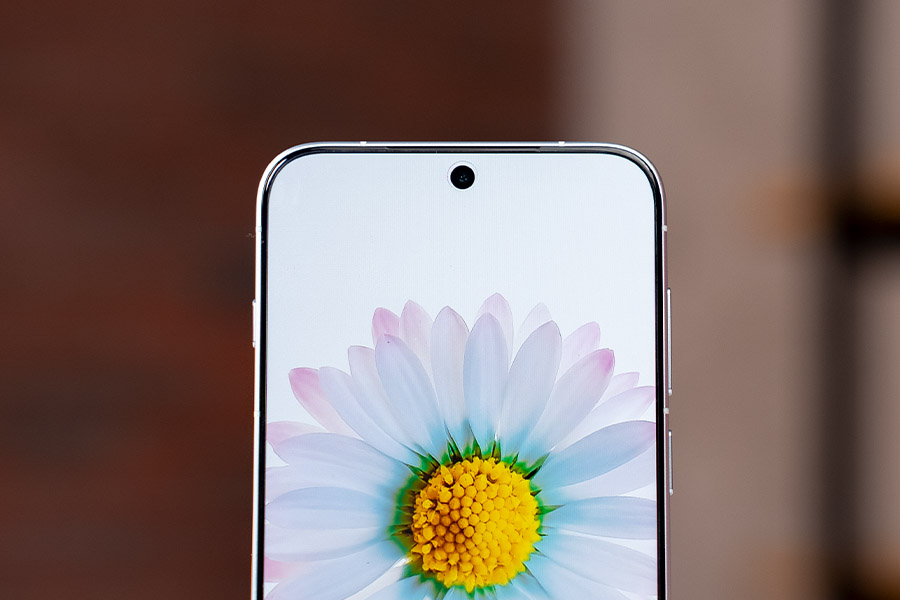
Now, iPhone selfies aren’t bad at all, in fact, they look really balanced and muted, but personally, if I had to choose, I would say Vivo’s selfies look more pleasing and likable overall. Skin tones and textures look really good, too. They’re smooth but not overly processed — just the right amount of detail.
Plus, maybe it’s because of autofocus, the background blur on the X300 Pro also looks very natural; it’s subtle but superbly separates the subject from the background. Even in portrait mode, Vivo does a great job. It allows for wider selfie portraits, whereas the iPhone crops in quite noticeably. So yeah, overall, I’m really liking Vivo’s selfie camera game this year.
Video
And even the videography game has improved a lot this year. I remember just a few years ago, Vivo’s video performance used to be quite a bit behind what the iPhone was doing. But now, with the X300 Pro, I think Vivo has closed that gap really well. It produces excellent video quality from all three lenses during daylight. The footage has nice detail, solid stabilization, although with cropping, but the colors are rich and lively — just like we saw in the photos.
So yes, while the iPhone 17 Pro is still arguably the best video camera smartphone out there, the difference between the two is now minimal. Vivo still struggles slightly with exposure handling in tricky lighting conditions, and lens switching isn’t as smooth as the iPhone’s, but yeah… Vivo is definitely catching up! We also get a ton of shooting options here: we can shoot Log video, Dolby Vision HDR, and even 4K at 120fps from both the main and telephoto lenses.
One unique feature that really surprised me and something that no other phone currently offers is 4K 60fps Portrait Video. And I can also shoot portrait videos using the telephoto lens, which looks quite nice thanks to the natural depth of field and background separation.
The telephoto lens can also shoot macro videos, so if you’re into creative close-up shots or product videography, this is actually quite useful.
Design
Okay, I think I’ve covered almost everything about the camera on the Vivo X300 Pro, but let’s talk about the other aspects of this phone, which haven’t changed too drastically.
Starting with the design, I really like the new direction Vivo has taken this year. Both the front and back are now completely flat, which has pretty much become the norm for most flagships these days.
Surprisingly, the phone actually feels more ergonomic this time. I remember the X200 Pro felt extremely top-heavy, but with the X300 Pro, Vivo has made this better. It still feels slightly top-heavy — mainly because of the large camera module. But overall, it sits better in the hand and feels more comfortable to use.
Now, if I compare it to the OnePlus 15, which I’ve also been using recently, I would say the OnePlus has a slightly better in-hand feel. And that’s mostly because the OnePlus uses smaller camera sensors, making it more balanced, while Vivo’s massive sensors make the top a bit heavier.
Display
But still, I really like this year’s flat design. Because of that, there are no more accidental touches on the display like we had on the X200 Pro.

And the display, it’s not a major upgrade from last year, but it’s still a fantastic one. You get a 120Hz refresh rate, high-frequency PWM dimming, DC dimming, Dolby Vision support, and a super-fast fingerprint scanner — basically everything you expect from a flagship display.
Performance and OS
Performance-wise, we get the new Dimensity 9500 chipset, which is almost on par with Qualcomm’s latest Snapdragon flagship in most areas. It might fall slightly short in single-core and GPU benchmarks, but in real-world usage, this is a flagship-level chip through and through.

What’s also worth mentioning is the new OriginOS, finally on a global variant. And with the Origin OS, we get smoother animations, cleaner visuals, and better responsiveness overall. It’s not perfect and as good as the Oxygen OS, for example, but it’s definitely catching up!
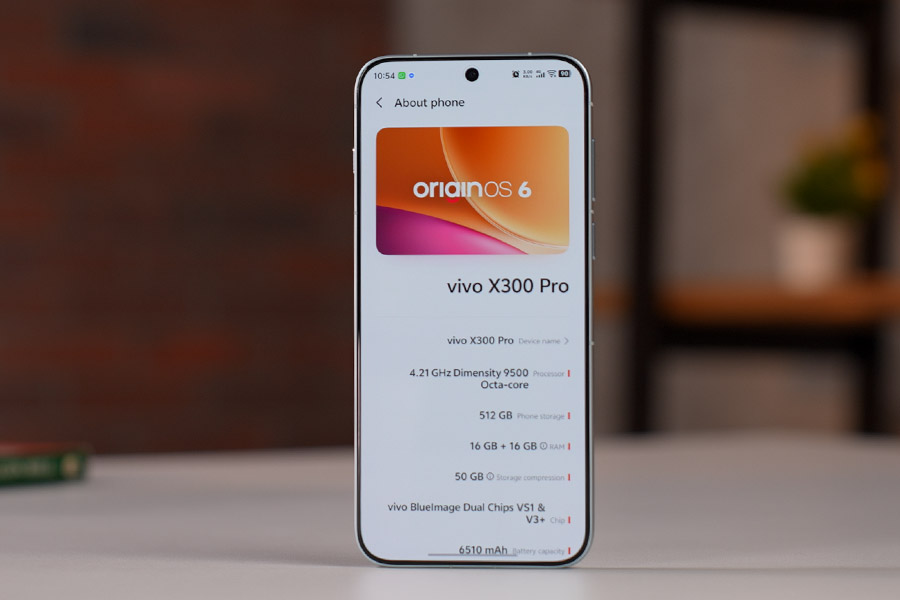
Battery
Battery life has also improved. We get a slightly bigger 6,500 mAh battery, and I am easily getting a day and a half to two days of use on moderate usage! It’s still not quite at the level of the OnePlus 15 or Xiaomi 17 Pro Max when it comes to endurance, but overall, the battery life here is solid.

So yeah, Vivo may not be winning any awards for design, display, performance, or software, but all of these are A to A+ experiences that you expect from a true flagship phone.
The only thing I’d say Vivo still needs to improve is the speakers. The sound is decent, but the bass is lacking. It’s not a deal-breaker, but it’s one area where Vivo can definitely do better next year.
Vivo X300 Pro Review: Conclusion
Alright, so with that, we’ve come to the end of this review. And honestly speaking, I really, really love the new Vivo X300 Pro. For me, right now, this is the phone to beat. Yes, there’s still another strong contender coming up, the OPPO Find X9 Pro, which I’ve actually ordered, and it’s arriving in about a week.

But what I can say for sure right now is I am not going back to my S25 Ultra. (throw S25 Ultra) This is going to be my daily driver for the next few months, just because of how ridiculously good the cameras are, especially that telephoto lens. That’s my go-to lens these days. Every time I see something interesting, that’s the one I reach for.
And what I am even more excited for is the upcoming Vivo X300 Ultra, which is supposed to go global soon. That one’s going to have a better ultra-wide camera, and that phone is actually built to go head-to-head with the S25 Ultra and the iPhone 17 Pro Max!
So, whenever I go to Basantapur — and you know what’s funny? Everywhere I look, everyone’s clicking photos. Especially the girls — and almost everyone is using an iPhone!
I don’t get it. Like, why does every girl go for an iPhone? Honestly, the Vivo X300 Pro would easily give you better results for portraits, selfies – especially in places like this..
Vivo X300 Pro Review: Pros and Cons
Pros:
- The best-in-class telephoto lens
- Superb performance
- Improved experience with OriginOS 6
- Amazing battery life
Cons:
- The ultrawide camera could have been better
- Speakers lack some bass










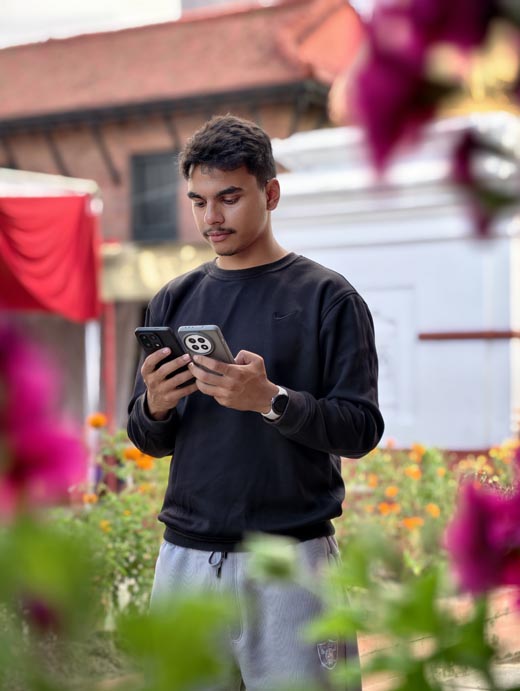









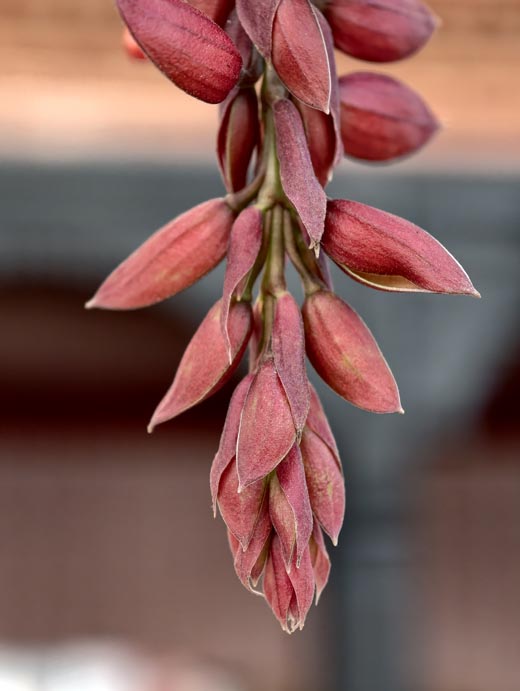








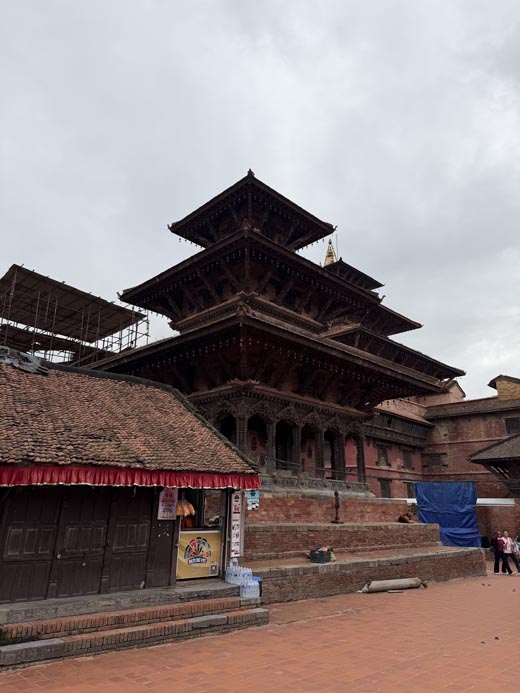




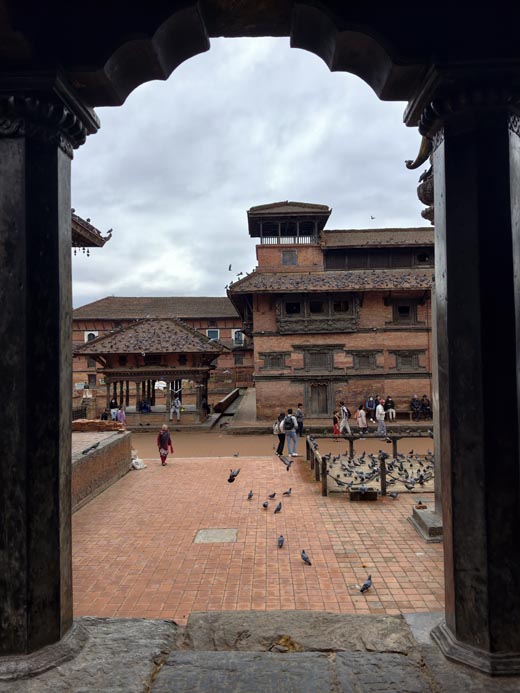
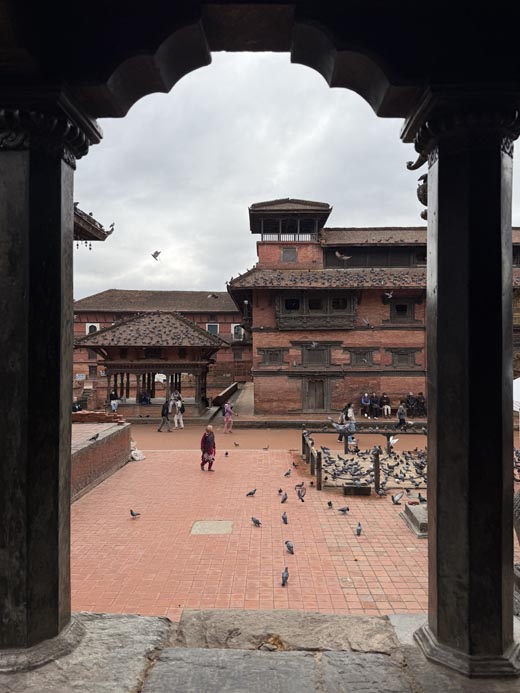

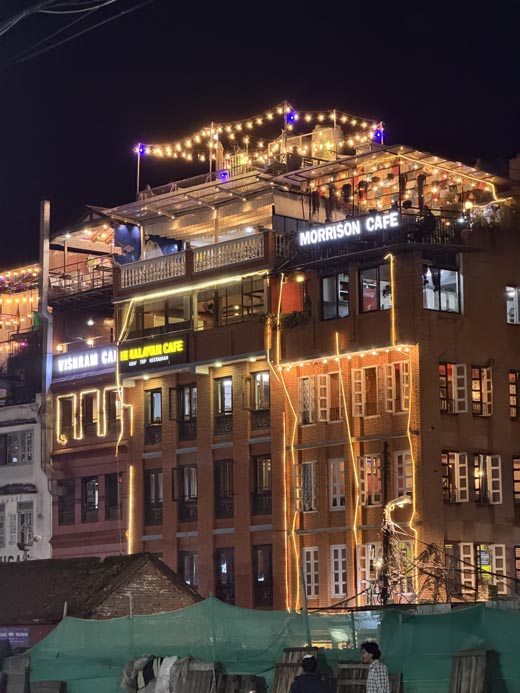
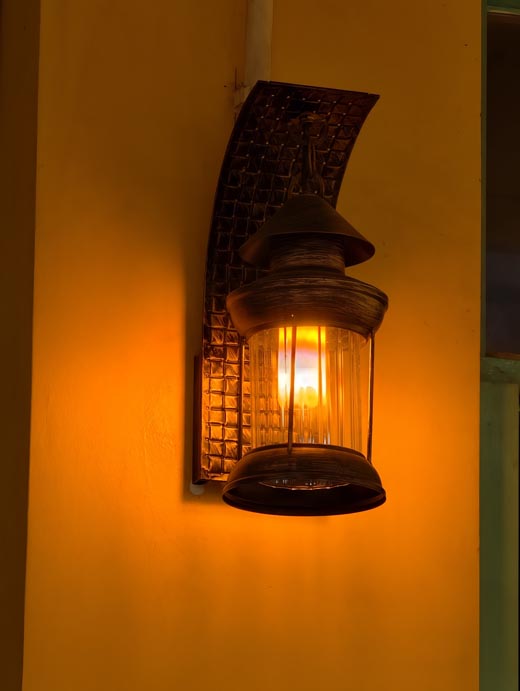


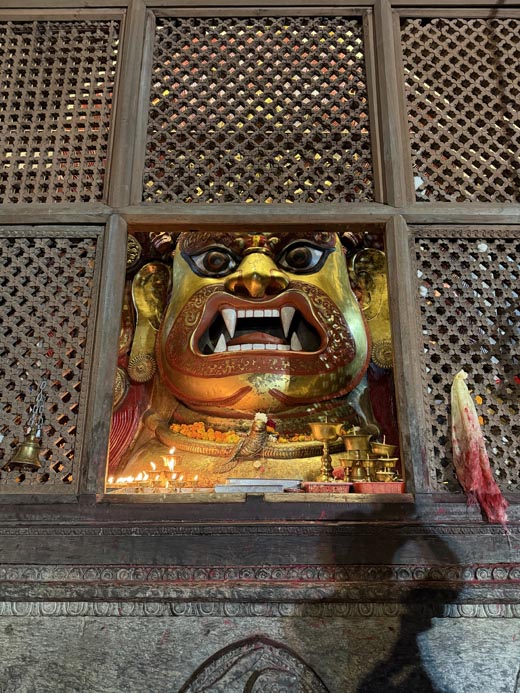

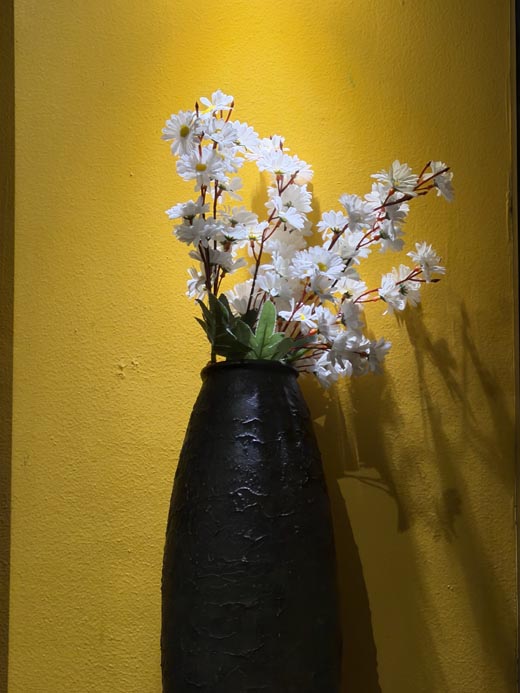
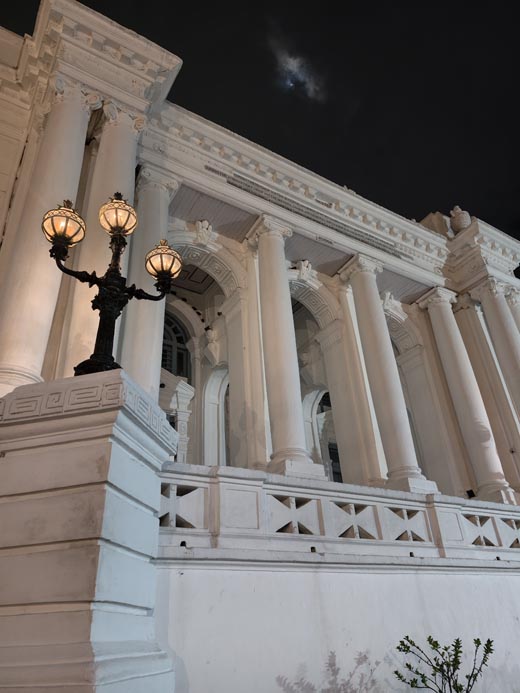
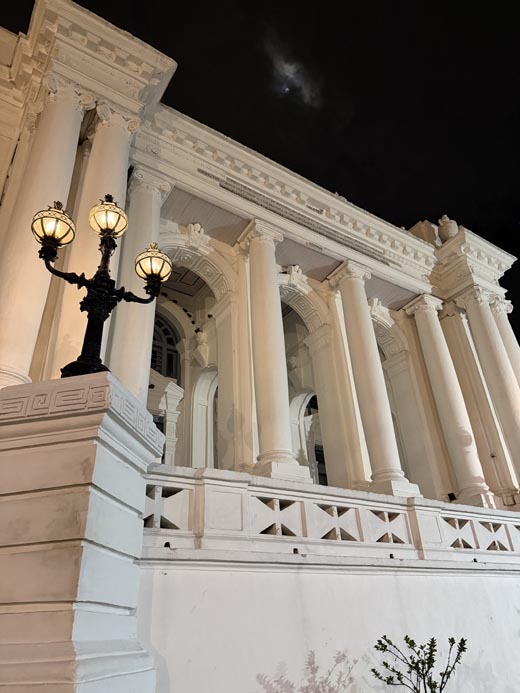
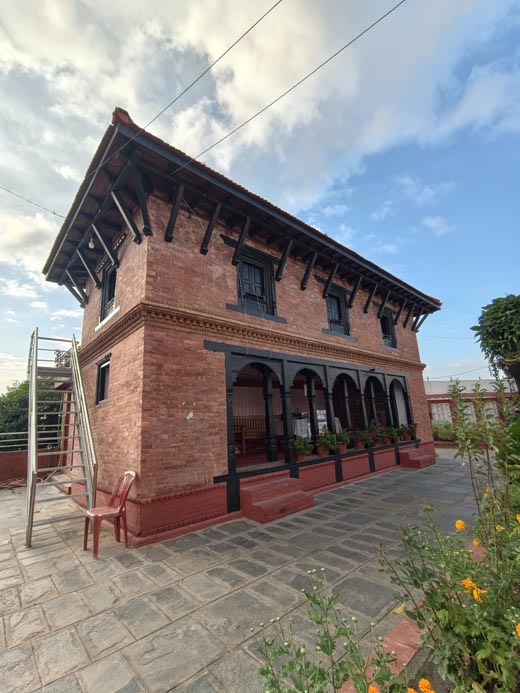
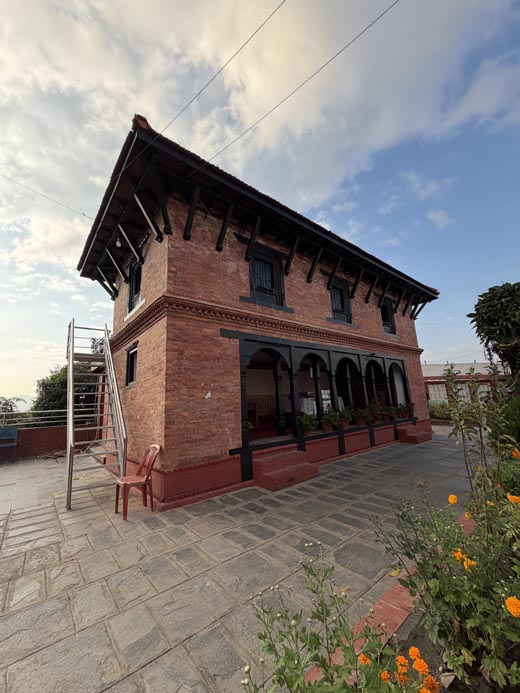



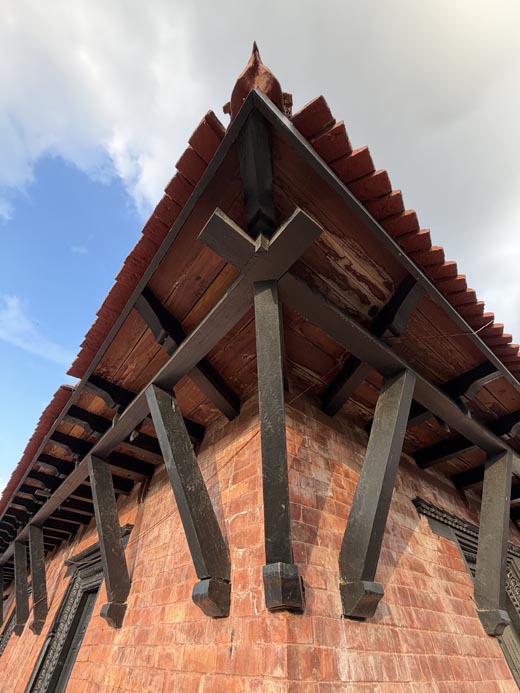







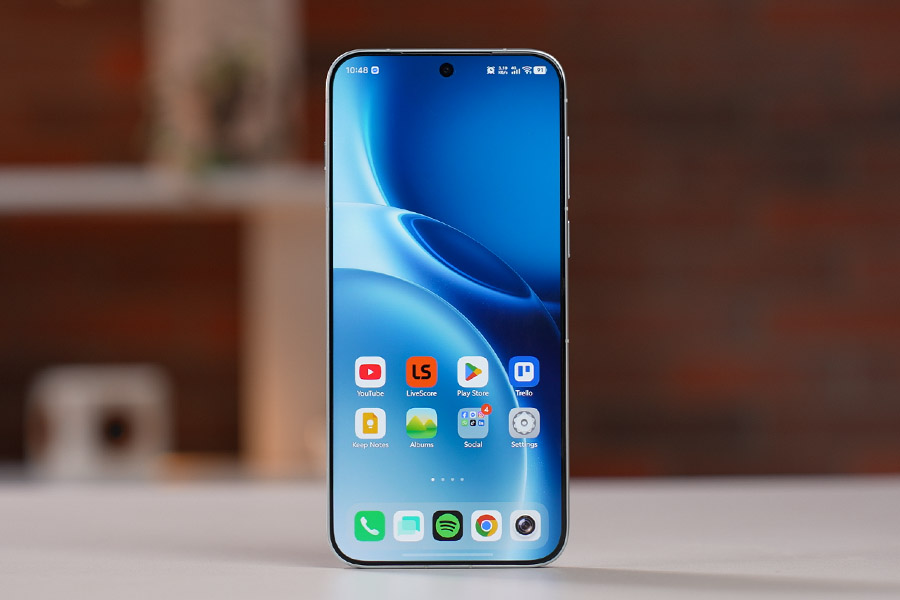

![Best Gaming Laptops in Nepal Under Rs. 200,000 (रु 2 Lakhs) [2025] Best gaming lapotp under 2 lakhs Nepal Feb 2025](https://cdn.gadgetbytenepal.com/wp-content/uploads/2025/01/Best-Gaming-Laptops-Under-2-Lakh-Nepal-Feb-2025-Update.jpg)
![Best Gaming Laptops in Nepal Under Rs. 120,000 (रु 1.2 Lakhs) [2025] Best Budget Gaming Laptops Under Rs 120000 in Nepal 2025 Update](https://cdn.gadgetbytenepal.com/wp-content/uploads/2025/05/Best-Budget-Gaming-Laptops-Under-Rs-120000-in-Nepal-2024-Update.jpg)
![Best Gaming Laptops in Nepal Under Rs. 150,000 (रु 1.5 Lakhs) [2025] Best gaming laptops under 150k November 2024](https://cdn.gadgetbytenepal.com/wp-content/uploads/2024/11/Best-gaming-laptops-under-150k-November-2024.jpg)

![Best Laptops Under Rs. 80,000 in Nepal [2025] Best Laptops Under 80,000 in Nepal March 2025 Update](https://cdn.gadgetbytenepal.com/wp-content/uploads/2025/03/Best-Laptops-Under-80000-in-Nepal-March-2025-Update.jpg)
![Best Mobile Phones Under Rs. 15,000 in Nepal [Updated 2025] Best Phones Under 15000 in Nepal 2024 Budget Smartphones Cheap Affordable](https://cdn.gadgetbytenepal.com/wp-content/uploads/2024/03/Best-Phones-Under-15000-in-Nepal-2024.jpg)
![Best Mobile Phones Under Rs. 20,000 in Nepal [Updated] Best Mobile Phones Under NPR 20000 in Nepal 2023 Updated Samsung Xiaomi Redmi POCO Realme Narzo Benco](https://cdn.gadgetbytenepal.com/wp-content/uploads/2024/01/Best-Phones-Under-20000-in-Nepal-2024.jpg)
![Best Mobile Phones Under Rs. 30,000 in Nepal [Updated 2025] Best Phones Under 30000 in Nepal](https://cdn.gadgetbytenepal.com/wp-content/uploads/2025/01/Best-Phones-Under-30000-in-Nepal.jpg)
![Best Mobile Phones Under Rs. 40,000 in Nepal [Updated 2025] Best Phones Under 40000 in Nepal 2025](https://cdn.gadgetbytenepal.com/wp-content/uploads/2025/07/Best-Phones-Under-40000-in-Nepal-2025.jpg)
![Best Mobile Phones Under Rs. 50,000 in Nepal [Updated 2025] Best Phones Under 50000 in Nepal](https://cdn.gadgetbytenepal.com/wp-content/uploads/2025/01/Best-Phones-Under-50000-in-Nepal.jpg)
![Best Flagship Smartphones To Buy In Nepal [Updated] Best smartphones to buy in Nepal 2025 flagship phones](https://cdn.gadgetbytenepal.com/wp-content/uploads/2024/05/Best-Flagship-Phones-who-is-it-ft.jpg)
